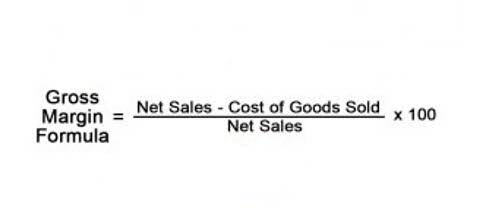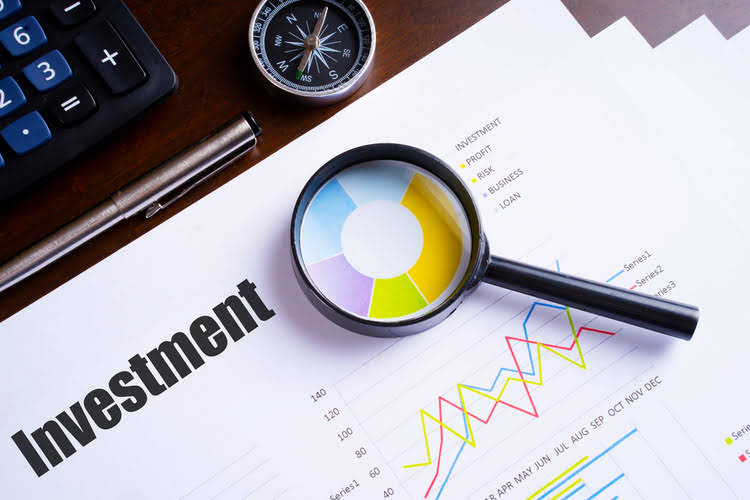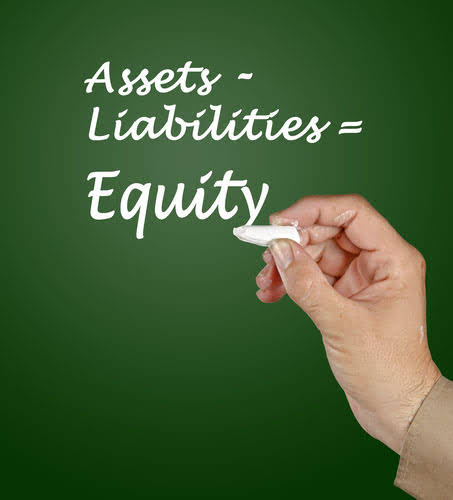
Learn more about the importance of liability in the law and the different types of liability. Understanding liabilities is critical, whether you’re a seasoned entrepreneur, a new investor, or just starting out in financial literacy. In this blog, we will fully grasp this essential accounting concept. We will look at what liabilities are, their categories and examples, and compare them to assets and expenses. With a current ratio above 2, the company can comfortably meet its short-term obligations, demonstrating strong liquidity. In accounting, liabilities are https://www.bookstime.com/ classified as either current or non-current based on their due date.
The Financial Modeling Certification

Current liabilities need to be closely monitored by the management of a company as a company needs to have sufficient liquidity in income statement the form of current assets in order to pay off the current liabilities. Knowing these types helps students easily classify questions in exams and real business cases. Current liabilities are expected to be paid back within one year, and long-term liabilities are expected to be paid back in over one year. It’s important for companies to keep track of all liabilities, even the short-term ones, so they can accurately determine how to pay them back. On a balance sheet, these two categories are listed separately but added together under “total liabilities” at the bottom.

Types of Civil Liability for Injuries: Who Can You Hold Liable for Damages?

Did you know that liabilities play an important role in the overall growth of every company? With the right amount of liabilities, you can finance operations and pay for large expansions. Let’s look at a historical example using AT&T’s (T) 2020 balance sheet.
All of the Essentials:
- Understanding the various forms of liabilities is essential for people and organisations to make informed financial decisions.
- Assets are listed on the left side or top half of a balance sheet.
- Dividends payable refer to declared but unpaid dividends owed to shareholders.
- You can spot liabilities by checking money owed or obligations in financial documents.
- Liabilities are listed on a company’s balance sheet and expenses are listed on a company’s income statement.
This contrasts with contingent liabilities, where the existence or amount is uncertain. A contingent liability is a potential obligation arising from a past event, whose existence depends on the outcome of a future uncertain event. For example, a possible lawsuit or a guarantee provided to a third party. It’s recorded only if the likelihood of the obligation is probable and the amount can be reasonably estimated.

How to Get Out of Personal Debt (10 Helpful Tips!)
If you share less than half the blame, you would be eligible for a proportionate types of liability share of your claim value. Only four states and the District of Columbia follow the severe pure contributory negligence rule. Under this rule, the victim’s injury claim can be denied if they share as little as one percent of the liability.
- These include the ownership of tangible assets, financial resources, and accounts receivable and inventory.
- You may be entitled to compensation from more than one party, but neither insurer will accept liability.
- First of all, it must be recognized at a fair cost, and then in the second part, it must be recognized at not the fair cost.
- Even if you’re not an accounting guru, you’ve likely heard of accounts payable before.
- A landlord, for example, often has a responsibility to guarantee that their tenants are secure on the premises and that third-party guests are safe.
- These liabilities are extremely tricky to manage because as these are due within a year, the management of the company needs to ensure that it possesses ample liquidity to pay current liabilities.
Legal Consequences
- This decision is very crucial as they might still be owing current debts to be paid shortly.
- Or, occasionally, a third party may be accountable to the primary parties in a contract.
- This basic concept of liability is the same whether you’re discussing personal or business liabilities, but there’s a lot more to remember when it comes to financial liabilities besides who owes who a beer.
- Liabilities work when a company realizes that there is a great need for external funding.
Look for accounts payable, accrued expenses, and deferred revenue. For example, if your pottery shop has $22,000 in total assets and $7,000 in debt (liabilities), debts cover 31.8% of your resources. Liabilities like accounts payable or loans directly impact owners’ equity by reducing net worth compared to total assets. These loans help fund operations or expansions for individuals and businesses. For example, student loans cover education costs while business loans support growth. Mortgages often have fixed terms like 15 or 30 years, with monthly payments including principal and interest.
